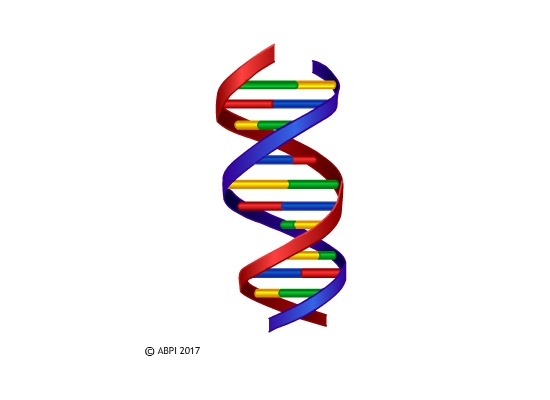This topic takes on average 45 minutes to read.
There are a number of interactive features in this resource:
 Biology
Biology
 Science
Science
Environments can change naturally over time, and, if this happens slowly, living things can adapt to these changes.
This is called evolution. Charles Darwin first described evolution in the 1800’s.
Evolution happens over long periods of time and can lead to the formation of new species.
Within one species, some individuals will have more desirable traits than others (an advantageous trait) which can mean that they have a higher chance of survival. These arise due to genetic mutations which happen by chance, and change the organism for the better. Some genetic mutations however, make no physical changes and some are disadvantageous, but it is only the advantageous changes that drive evolution.
The individual with the advantageous genetic mutation survives better than the ones without it, and so passes this trait on to their offspring. This is known as survival of the fittest.

Eventually, the individuals without the trait all die out and the species has gone through evolution. This is driven by natural selection.
The advantageous traits can become desirable due to a change in the environment, and this is called a selection pressure.